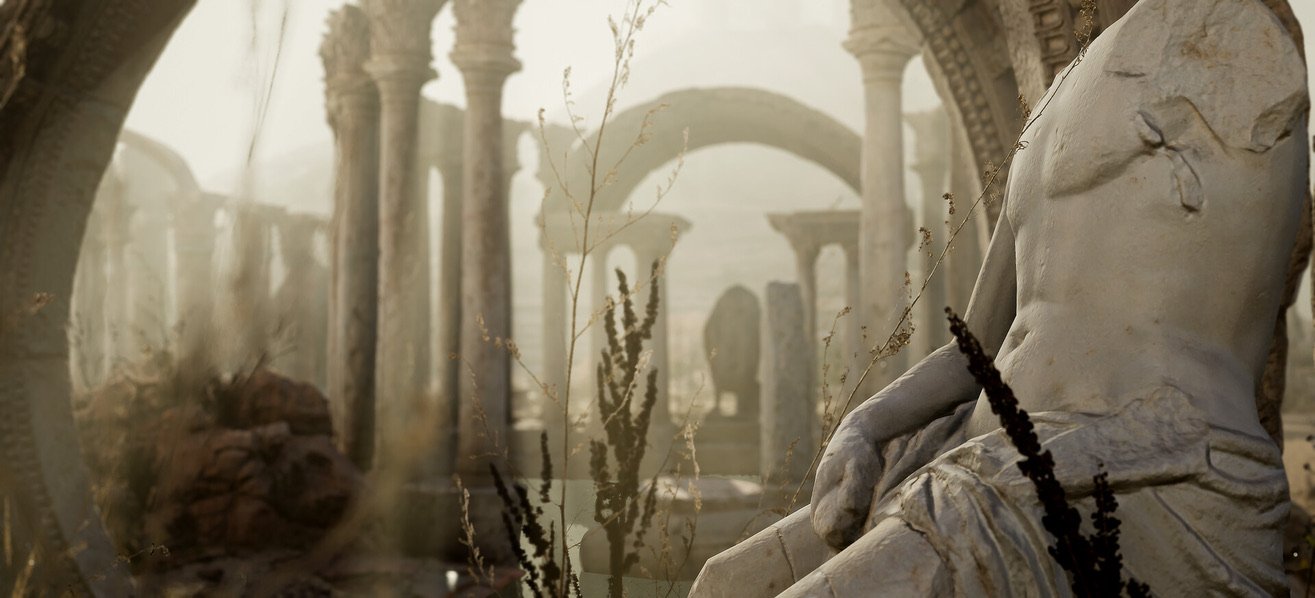Dark Earth:
The Brooch
This is another of the mind-boggling and weird things that kept me awake late at night when I started to write my novel Dark Earth. This page is about a brooch. A brooch with a mysterious history.
I promised readers some background into the research I did for this book and some tales about some of the rabbit holes – research always involves rabbit holes – that I disappeared down, sometimes for months at a time.
1968. A young archaeologist called Peter Marsden is assigned to a development site on Lower Thames Street in one of the areas of London that is up to redevelopment after the bombings of WW1. He knows two things:
The diggers are all set to go in
There’s a Roman bathhouse and villa down there
I found an entry in another nineteenth-century newspaper of the time that detailed some of the things the Victorian archaeologists had found:
All of those objects had been removed, tagged and stored away in the Museum of London
collections.
I went to interview Peter, now in his eighties, in Exeter. He told me that in 1968 he knew there was much more to find – perhaps further buildings - and there was not much time to find it. Soon the whole area would be ripped up by the diggers.
He and his team, he told me, worked quickly through the night and through rain and storms, . Soon after they had relocated the bathhouse and were thus able to slow the developers, he found this rusty piece of metal in the soil. His heart thumped…
It was a Saxon brooch. He was certain of it. He was able to date it by comparison with other Saxon brooches to around 400-450AD. But that was unexpected and strange. After the last Romans left Britain in c.420, the ruined city of Londinium had stood empty for nearly 400 years. Only a handful of people, neither the locals nor the Saxon immigrants, had gone in in the years of its abandonment. He knew this because he had seen the tiny collections of dropped and dateable items that had been found in the post-Roman layers of the city. But here was a rare Saxon woman who did…
My mind was racing now too. A Saxon woman walks over the fallen roof tiles of a Roman bathhouse in a ruined city and drops a brooch? What must the city have looked like to her. Her people and everyone she knew built in wood. Here were huge ruined palaces, statues, shops and warehouses in STONE.
What was she doing in there? What made her cross the threshold into the ruins where no one she knew dared to go? Curiosity? Was she on the run? Was it a love tryst?
I set out to write Dark Earth in part to try to find out the what’s and what-ifs of this mysterious woman, among so many other things. After all, if there were no facts or evidence and ever would be, I’d have to use my research AND my imagination to find out.
Further reading and websites:
Me talking about the making of the novel and using the bathhouse: https://www.youtube.com/watch?v=gQPejnZUsAo
Further information on the bathhouse site: https://artsandculture.google.com/story/billingsgate-roman-house-and-baths/NgISZAaL1hOiLg
Wikipedia entry on the Billingsgate bathhouse: https://en.wikipedia.org/wiki/Billingsgate_Roman_House_and_Baths
Lyn Blackmore lecture on post-Roman Londinium: https://www.gresham.ac.uk/watch-now/london-not-so-dark-ages
Juliet Dobie on drawing some of the reconstructions of the Roman bathhouse: https://www.youtube.com/watch?v=G-x2RWfExCQ




